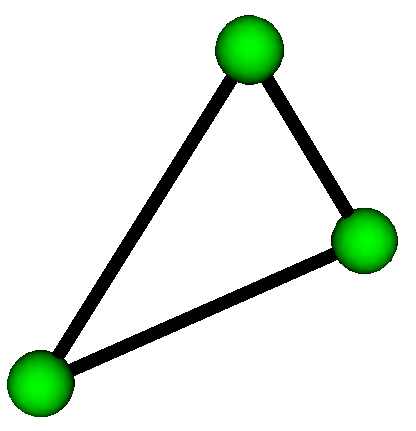
The behaviour of a particular type of element is analysed in terms of the loads and responses at discrete nodes. This analysis is often based on the Rayleigh-Ritz procedure, which is discussed in Section 2.
An example of a particularly simple element formulation is
presented in Section 3.
R. Funnell Last modified: 2018-11-07 12:52:06
Slide show generated from fem.html by Weasel 2018 Nov 7